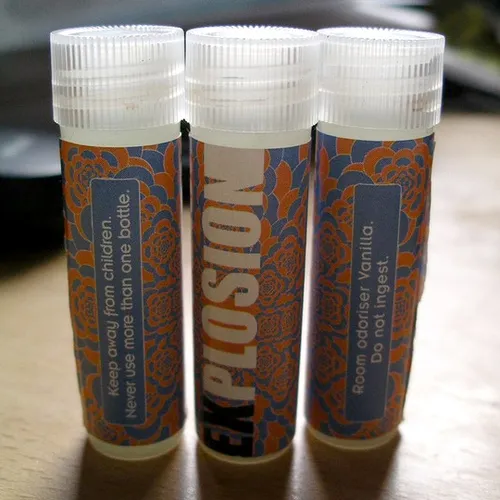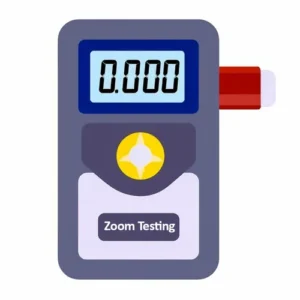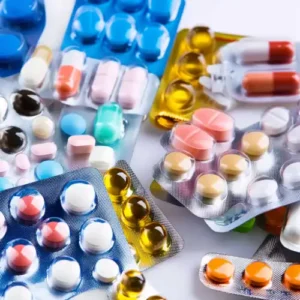Synthetic Cathinones is the collective name for a growing group of drugs that are related to cathinone, a stimulant drug that occurs naturally in the khat plant and that has similar amphetamine-like effects.
What are Synthetic Cathinones?
Synthetic Cathinones are often called by the group name “Bath Salts”. The three most often found synthetic cathinones in bath salts are:
- Mephedrone (also known as MCat, Drone, Meph or Meow Meow)
- 3,4-methylenedioxypyrovalerone (MDPV)
- Methylone
Bath salts most often are sold in the form of a crystalline powder that is either brown or white in colour. The packaging is normally a small foil or plastic packet and may be marked as “plant food”, “jewellery cleaner” or “phone screen cleaner”. Various street names are used to market synthetic cathinones , including Bloom, Cloud Nine, Ivory Wave, Legal X. Ocean, Snow and White Lightning.
How are Synthetic Cathinones taken?
Synthetic Cathinones are normally taken orally. They can also be inhaled, or injected. They are stimulant drugs that are close to amphetamines and ecstasy (MDMA) in their chemical make up. Users take the drugs in order to experience euphoria, increased sociability and a heightened sex drive
There are various health risks associated with taking synthetic cathinones. Paranoia, agitation, and hallucinatory delirium are known side effects when using synthetic cathinones, sometimes with violent and psychotic behaviour. A number of deaths after using the drug have also been reported.
Synthetic Cathinones and the Law
More and more countries are outlawing the use and possession of Synthetic Cathinones, however new variants of these types of drugs are constantly appearing in order to try and keep one step ahead of the law.
In 2010. Mephedrone was banned in the UK. However, as soon as Mephedrone was outlawed, another drug started to appear called naphyrone. This drug was marketed as “jewellery cleaner and sold in packets calling the product “Cosmic Blast.”
Health Risks
Taking synthetic cathinones can lead to a number of serious health issues. Common physical side effects include:
- Increased heart rate and blood pressure
- Dilated pupils
- Seizures
- Sweating and chills
- Headaches
- Chest pain
In addition to the physical effects, synthetic cathinones can also cause:
- Paranoia and anxiety
- Agitation and aggressiveness
- Hallucinations and psychosis
- Suicidal or self-harming thoughts
These mental health effects may be short-lived, but can also turn into long-term psychiatric problems like depression and psychosis. There have been a number of suicides linked to synthetic cathinone use.
The chemicals in synthetic cathinones vary, so it is difficult to determine a safe dosage. Even a small amount can trigger heart problems, seizures, or delirium. Taking moderate or large doses repeatedly or in combination with other drugs dramatically increases the risks.
Addictiveness
Many synthetic cathinones have a high potential for abuse and addiction. Some users report strong cravings after just one use. With repeated use over weeks or months, a strong psychological and physical dependence can develop.
Withdrawal symptoms include:
- Depression
- Anxiety and agitation
- Intense drug cravings
- Fatigue
- Inability to feel pleasure
The depressed mood and cravings can last for weeks after quitting. This makes it very difficult to stop using the drugs without professional treatment and support.
Unknown Contents
One of the biggest dangers with synthetic cathinones is that their contents are frequently mislabelled or unclear. Products may contain different concentrations of chemicals than stated on the package. Others may include additional untested stimulants or contaminants.
This unpredictability significantly increases the risk of overdose. It is impossible for users to know the true strength and effects of any given batch. Even taking a small “test dose” is not safe, as potency can vary widely.
Getting Help
The powerful addictive potential of synthetic cathinones means quitting requires professional treatment. Withdrawal symptoms are often severe enough to prevent someone from stopping on their own.
Options for help include:
- Residential rehab – intensive, live-in addiction treatment away from temptations and drug access
- Outpatient rehab – regular therapy sessions while living at home
- 12-step programs like Narcotics Anonymous provide peer support for maintaining sobriety
- Cognitive behavioural therapy (CBT) helps users change unhelpful thought patterns around drug use
- Medications can ease withdrawal symptoms or reduce cravings
With professional help and social support, it is possible to overcome synthetic cathinone addiction. The sooner treatment starts, the better the long term outlook typically is.
Prevention
The most effective way to avoid problems with synthetic cathinones is simply not to use them. Their effects are unpredictable and carry serious health risks. Many users report that the temporary high is not worth the side effects and potential for addiction.
For those who do choose to take synthetic cathinones, following harm reduction principles can help minimise risks:
- Avoid mixing with alcohol or other drugs
- Start with a small test dose and increase slowly
- Never take alone – have someone sober available to help if needed
- Buy from trusted sources and test contents if possible
- Avoid injection – insufflation or swallowing is safer
However, with unknown potency and makeup, there is no completely safe way to use synthetic cathinones recreationally. Abstinence is the only sure way to prevent harm.
Photo Credit: Mind from nl [GFDL or CC-BY-SA-3.0], from Wikimedia Commons
Zoom Testing is a leading UK drug testing company and a supplier of Drug Test Kits.
This post was originally published in January 2015 and has been updated since.





